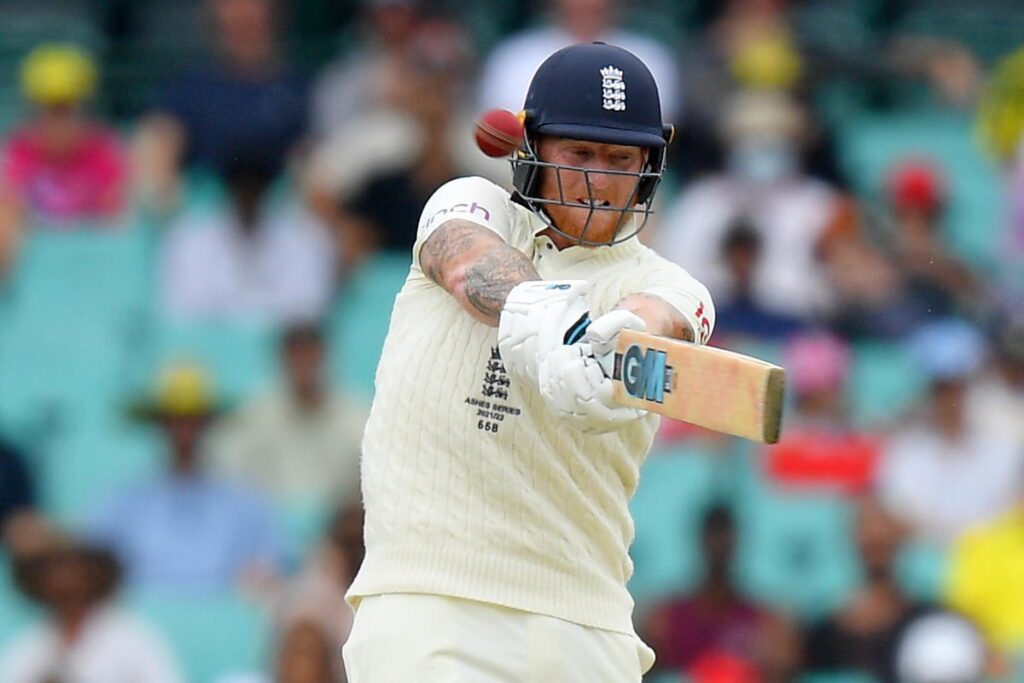Cricket
OPINION: Test cricket needs better standards when it comes to pitches
The modern Test game comes under tremendous scrutiny and the state of pitches is no different from any other element.
More in Cricket
-


Preview: Australia v England
Australia on track for a clean-sweep, England desperate for redemption as Ashes heads to...
-


Final Countdown for the Proteas: With Experiments Almost Over, Big Calls Loom Ahead of the T20 World Cup Showdown
With the T20I series in India now complete, the Proteas preparation for the World...
-


The Ashes: Pat Cummins and Nathan Lyon put England on the ropes in Adelaide
Australia ended day 2 of the third Ashes Test well on top as they...
-


NEWS: Australia confirm return of Pat Cummins, spinner Nathan Lyon for third Ashes Test
Australia captain Pat Cummins will feature for the first time in the Ashes after...

















